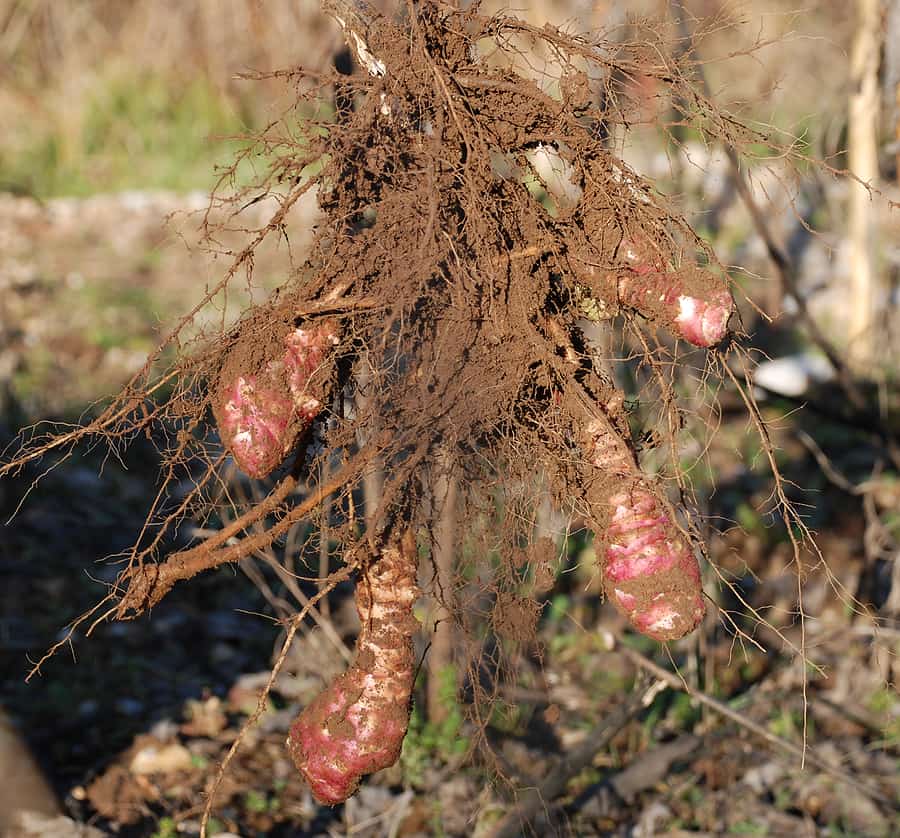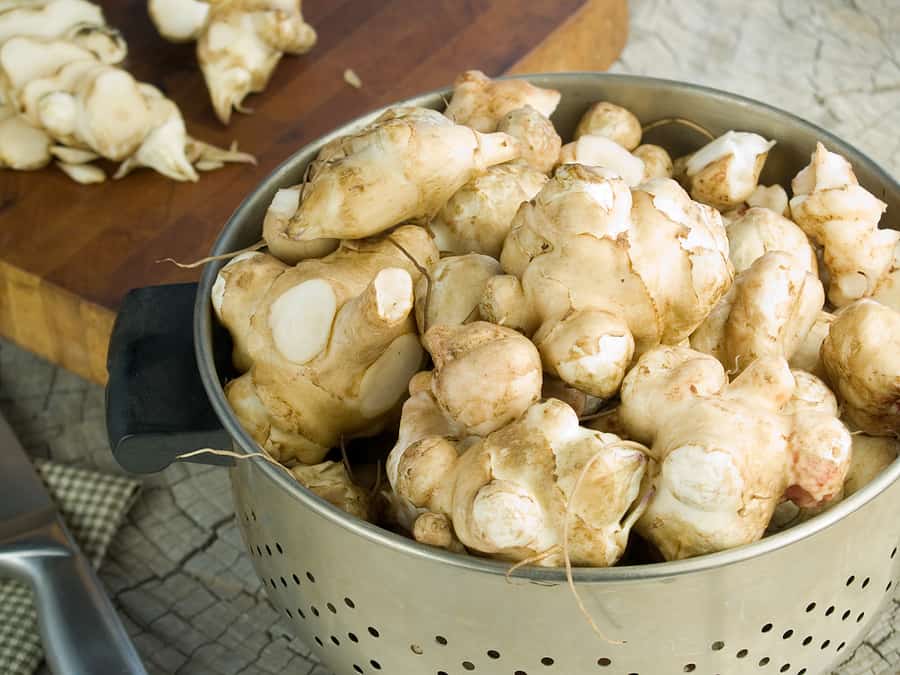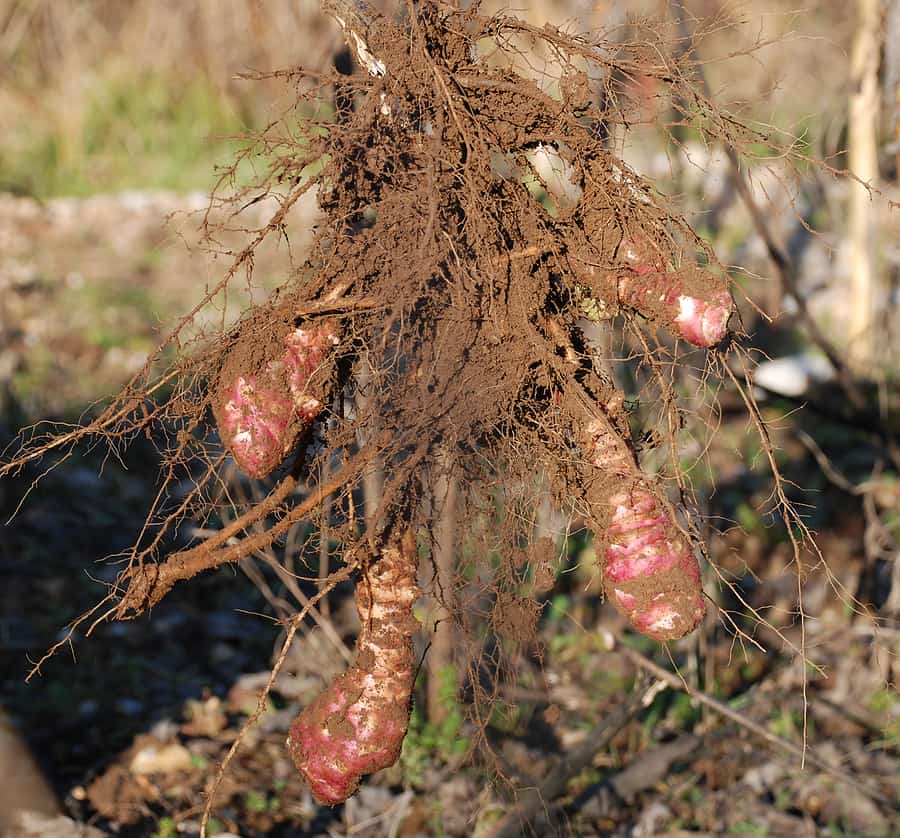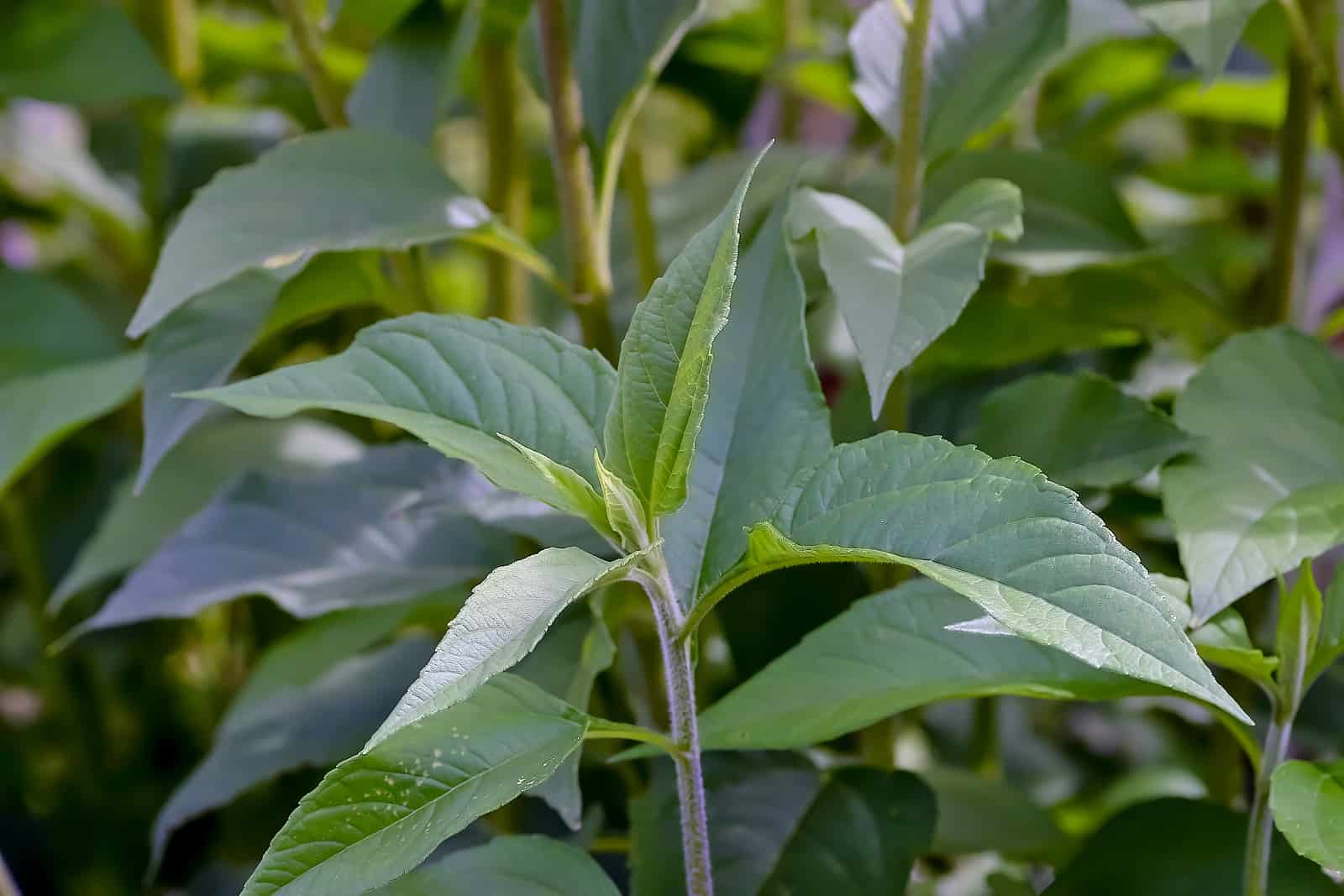Sunchoke
Latest stories
More stories
-
How to Harvest and Store Jerusalem Artichokes — Sunchokes
Harvest Jerusalem artichokes when they are big enough to eat, about 130 days after planting. Tubers of Jerusalem artichokes—also called sunchokes–can be left in the ground past several touches of frost. They will be sweeter than those lifted sooner. Related articles: When to harvest Jerusalem artichokes Harvest Jerusalem artichoke tubers from late summer onward about […] More
-
Jerusalem Artichoke — Sunchoke Plant Starting Tips
Jerusalem artichoke—also called sunchoke—tubers can be planted in the garden as early as 4 to 6 weeks before the last frost, as soon as the soil can be worked in spring. In mild winter regions, Jerusalem artichokes can be planted in autumn for a spring harvest. Jerusalem artichokes are perennial and are best planted in […] More




